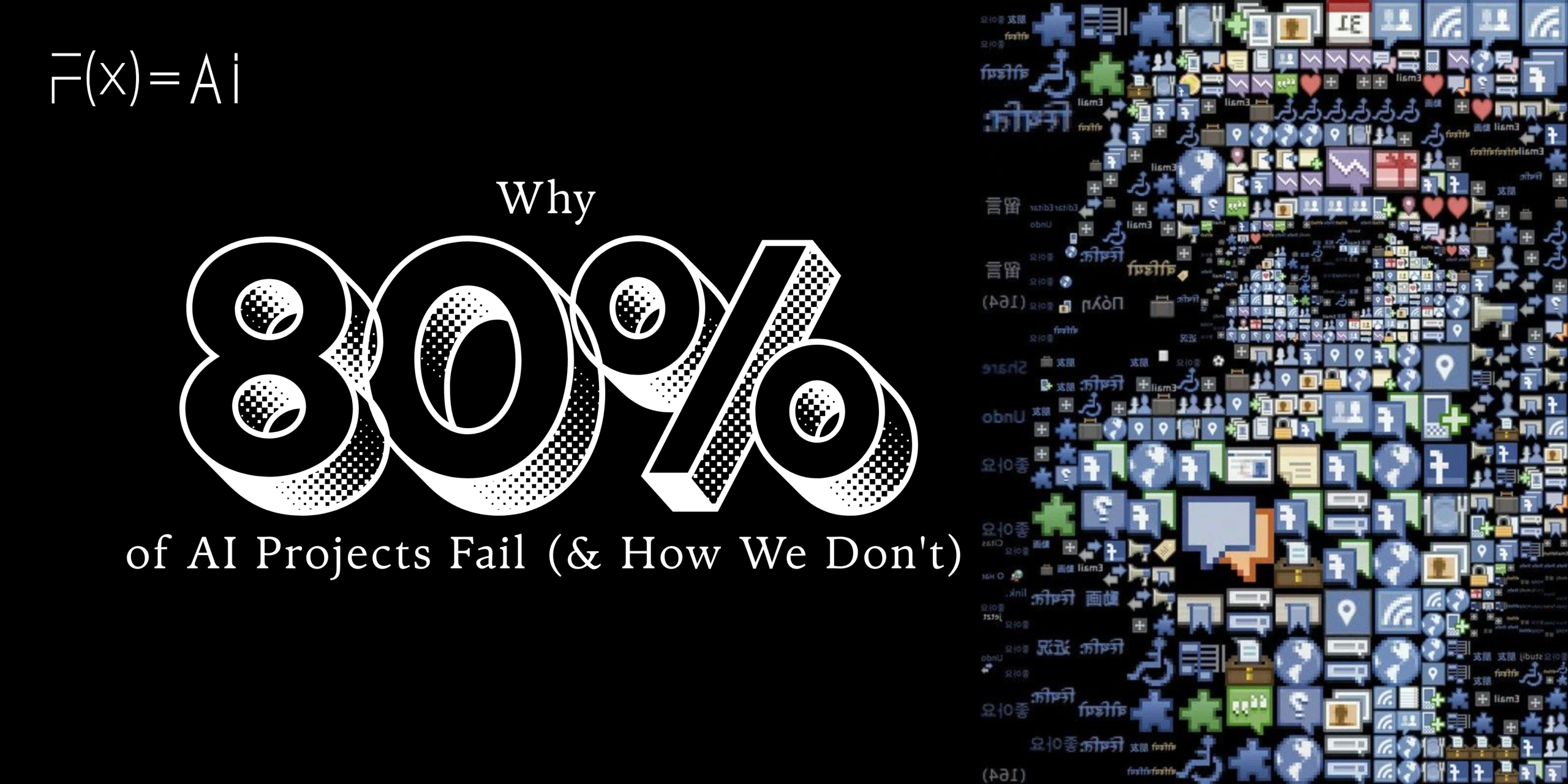While 42% of businesses are scrapping most of their AI initiatives this year, up from 17% last year, successful organizations have cracked the code on delivering AI project management that consistently meets deadlines and budgets. The difference isn’t luck—it’s methodology.
The Stark Reality of AI Project Failures
The statistics are sobering. More than 80 percent of AI projects fail—twice the rate of failure of information technology projects that do not involve AI. Meanwhile, IT projects overall exceeded their budgets by 75%, overran their schedules by 46%, and generated 39% less value than predicted.
But here’s what’s fascinating: companies that embrace data-driven AI project management approaches are rewriting these statistics entirely.
The Five Pillars of Successful AI Project Management
1. Predictive Analytics for Timeline Accuracy
AI’s predictive analytics are pivotal in project forecasting, allowing project managers to set realistic timelines, anticipate potential bottlenecks, and establish feasible budgets. Instead of relying on gut feelings, successful teams leverage historical project data to create hyper-accurate forecasts.
The breakthrough comes from machine learning models that analyze past project expenses and timelines, dramatically improving budgeting accuracy while minimizing cost overruns. This isn’t theoretical—AI tools are expected to make more accurate forecasting about project timelines and budgets by using past data throughout 2025.
2. Real-Time Risk Detection
AI-driven analytics reveal intricate patterns and trends that are challenging to discern otherwise, while AI’s robust data analysis can identify potential project risks by referencing historical project data to predict potential hiccups, delays, bottlenecks, and budget issues.
Smart organizations implement AI tools that continuously monitor project health, flagging risks before they become expensive problems. This proactive approach to keeping AI projects on time and budget has become the gold standard.
3. Intelligent Resource Allocation
Predictive resource forecasting uses AI to match the right talent to the right tasks and predict future needs, while AI-driven project timeline management helps teams stay ahead by alerting about possible delays. The result? Optimal resource utilization and dramatic cost savings.
4. Data Quality as Foundation
The top obstacles to AI project success include data quality and readiness (43%), lack of technical maturity (43%), and shortage of skills and data literacy (35%). Successful teams address these challenges upfront, establishing robust data governance before project initiation.
5. Stakeholder Alignment from Day One
The biggest reason for AI project failure is misalignment of goals between key stakeholders, with leadership often having views of AI capabilities that are not grounded in reality. High-performing teams invest heavily in stakeholder education and expectation management.
The Technology Stack That Delivers
Modern AI project management leverages sophisticated tools that provide real-time insights, automated scheduling, and intelligent resource planning. AI automates scheduling, predicts project risks, enhances communication, and analyzes data for better decision-making while helping teams allocate resources efficiently and optimize timelines.
The most successful implementations combine traditional project management principles with AI-powered forecasting, creating a hybrid approach that maximizes both human judgment and machine precision.
Looking Ahead: The 2025 AI Project Management Landscape
As we progress through 2025, the gap between successful and struggling AI initiatives continues to widen. Organizations that have mastered AI project management are not just meeting budgets and timelines—they’re consistently exceeding expectations.
The key insight? AI project management success isn’t about the technology alone. It’s about creating systems that leverage AI’s predictive power while maintaining rigorous project discipline.
Key Takeaways
Keeping AI projects on time and budget requires a fundamental shift from reactive to predictive management. The organizations winning in 2025 share common characteristics: they use data-driven forecasting, implement real-time risk monitoring, prioritize stakeholder alignment, and treat data quality as non-negotiable.
The future belongs to teams that view AI project management not as a challenge to overcome, but as a competitive advantage to master. With failure rates climbing, the organizations that crack this code will dominate their markets.
FAQ:
Q: What’s the biggest factor in AI project management success?
A: Stakeholder alignment and realistic expectation setting. Most failures stem from misaligned goals rather than technical issues.
Q: How can predictive analytics improve AI project timelines?
A: By analyzing historical data patterns, AI can forecast completion times, identify potential delays, and optimize resource allocation before problems arise.
Q: What tools are essential for keeping AI projects on time and budget?
A: Modern AI project management platforms that offer predictive forecasting, real-time risk monitoring, intelligent resource allocation, and automated scheduling capabilities.
Q: How do successful teams address the high AI project failure rate?
A: They focus on data quality preparation, implement continuous monitoring systems, maintain stakeholder alignment, and use AI-powered forecasting to stay ahead of potential issues.

